Buy the photo Paardenkopnevel by Bob de Bruin on canvas, ArtFrame, poster and wallpaper, printed on demand in high quality.
About "Paardenkopnevel"
by Bob de Bruin
About the artwork
The Horse-head Nebula (Barnard 33) is an absorption nebula that obscures part of the background H-II area IC 434. The object owes its name to the shape of the nebula and it is probably one of the best known nebulae. To see the famous 'horse's head' the image has to be rotated 90 degrees, therefore it is best to see it when Orion is just in the sky and still lying on his side.
The nebula, which is visually difficult to see because it is near Alnitak, was discovered in 1888 by Williamina Fleming on a photographic plate made with a telescope of the Harvard College Observatory. The nebula IC 434 is ionized by the star σ Orionis against which the dark dust clouds that form the Horse-head Nebula protrude. The entire area, about 1500 light years away, is part of the Orion complex, an area of gas and dust clouds that cover large parts of the constellation Orion and which also includes the Orion Nebula, M78 and Barnard's Loop.

About Bob de Bruin
Bob is een fotograaf die van technische uitdagingen houdt en constant op zoek is naar de perfecte compositie en uitzonderlijke resultaten. Hoge resolutie opnames met gestoken scherpte en een wow effect zijn de resultaten waar hij naar op zoek is... Read more…
 Germany
Germany Ordered in March 2019
Ordered in March 2019
 Germany
Germany Ordered in April 2025
Ordered in April 2025
 Germany
Germany Ordered in March 2024
Ordered in March 2024
 Netherlands
Netherlands Ordered in October 2025
Ordered in October 2025
 Germany
Germany Ordered in June 2020
Ordered in June 2020
 Germany
Germany Ordered in October 2021
Ordered in October 2021
 Netherlands
Netherlands Ordered in June 2019
Ordered in June 2019
 Germany
Germany Ordered in May 2022
Ordered in May 2022
 Germany
Germany Ordered in February 2025
Ordered in February 2025
 Netherlands
Netherlands Ordered in March 2024
Ordered in March 2024
 Germany
Germany Ordered in April 2019
Ordered in April 2019
 Germany
Germany Ordered in March 2020
Ordered in March 2020
About the material
ArtFrame™
Interchangeable Art Prints
- High-quality print
- Easily interchangeable
- Acoustic function
- Large sizes available
Discover the artworks of Bob de Bruin
 Night sky of MadridBob de Bruin
Night sky of MadridBob de Bruin New York night sky lineBob de Bruin
New York night sky lineBob de Bruin City of Amsterdam at anchorBob de Bruin
City of Amsterdam at anchorBob de Bruin Far up the bowspritBob de Bruin
Far up the bowspritBob de Bruin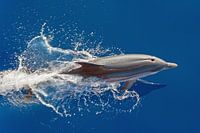 Jumping DolfinBob de Bruin
Jumping DolfinBob de Bruin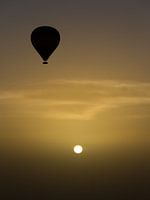 Zonsopgang boven de woestijnBob de Bruin
Zonsopgang boven de woestijnBob de Bruin Still life Kastalia VillageBob de Bruin
Still life Kastalia VillageBob de Bruin Antwerp Scheldt Bob de Bruin
Antwerp Scheldt Bob de Bruin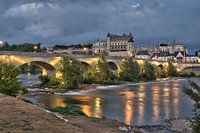 Chateau Royal AmboiseBob de Bruin
Chateau Royal AmboiseBob de Bruin Start Volvo Ocean Race 2017 AlicanteBob de Bruin
Start Volvo Ocean Race 2017 AlicanteBob de Bruin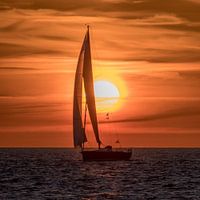 Sunrise Raid of ChathamBob de Bruin
Sunrise Raid of ChathamBob de Bruin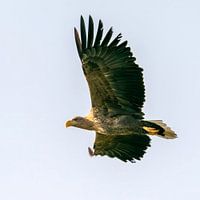 Bald eagle in termicsBob de Bruin
Bald eagle in termicsBob de Bruin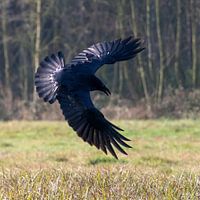 Raven in flightBob de Bruin
Raven in flightBob de Bruin The fox reinauguratedBob de Bruin
The fox reinauguratedBob de Bruin Fairmont Quebec CityBob de Bruin
Fairmont Quebec CityBob de Bruin Berner Pup DudeBob de Bruin
Berner Pup DudeBob de Bruin Bernese seniors PupsBob de Bruin
Bernese seniors PupsBob de Bruin Bernese Sennen dogs with puppiesBob de Bruin
Bernese Sennen dogs with puppiesBob de Bruin Schloss SchwerinBob de Bruin
Schloss SchwerinBob de Bruin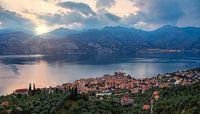 Sunset Lake GardaBob de Bruin
Sunset Lake GardaBob de Bruin










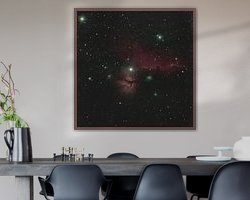


 Astrology and Space
Astrology and Space Dreamy Escapes
Dreamy Escapes Mysterious Spheres
Mysterious Spheres Photo wallpaper
Photo wallpaper Photography
Photography Serene Peace
Serene Peace









